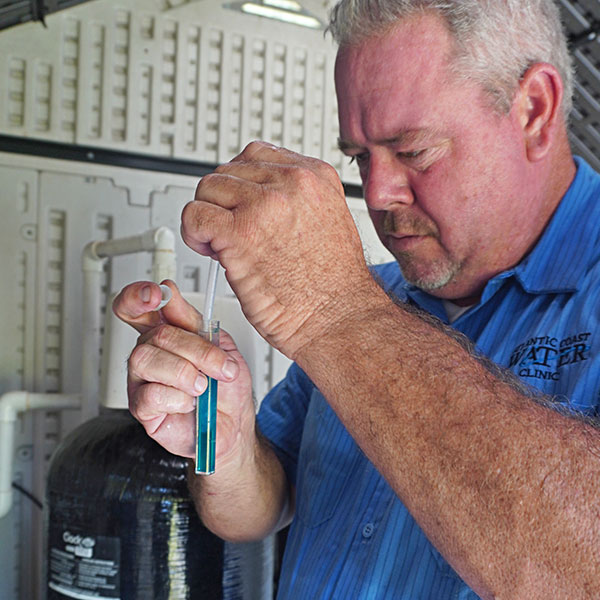Common Problems Detected in Tap Water
 Your water seems crystal clear and clean in your drinking glass, so why fix something that isn’t broken? Unfortunately, your drinking water could be and is most likely, tainted with potential toxic contaminants you can’t see, taste or smell. These microbes can exist in both the surface and groundwater supplies and can cause immediate sickness if not properly treated. If you notice spots, stains, any build-up around toilets, seats, or showerheads it could be time to utilize a water test.
Your water seems crystal clear and clean in your drinking glass, so why fix something that isn’t broken? Unfortunately, your drinking water could be and is most likely, tainted with potential toxic contaminants you can’t see, taste or smell. These microbes can exist in both the surface and groundwater supplies and can cause immediate sickness if not properly treated. If you notice spots, stains, any build-up around toilets, seats, or showerheads it could be time to utilize a water test.
We have compiled a list of things a water test can disclose about your drinking water, as well as ways to spot if you do have symptoms of a water problem. You can conduct in-home or advanced laboratory testing or both.
In-Home Water Testing
- High Chlorine Content – Chlorine is not just found in your pool, but it is also a recurring problem in people’s home water supply that can lead to damaged hair, skin and nails. Other effects of high chlorine content are dull laundry, pipe damage and rust stains on drains, tubs and toilets. Luckily, a simple water test can do wonders to determine if your water’s chlorine levels should be reduced.
- Water Hardness – This is simply the amount of dissolved calcium and magnesium in water. This isn’t necessarily a big health risk, but it has the potential to cause mineral buildup on plumbing fixtures and causes “soap scum” on hands. Depending on the hardness of your water, after using soap to wash you might have felt a film of residue on your hands. Calcium is what is doing this. When using hard water, more soap or detergent is needed to clean your hands, laundry, or hair. This is another thing water tests can detect.
Laboratory Water Testing
- Lead Contamination – Lead enters drinking water when plumbing materials that contain lead corrode. The most common source of lead contamination in drinking water is lead pipes, faucets, and fixtures. The biggest problem with lead is that you cannot see, taste, or smell it in water. A water test is the only way to detect it. It’s important to jump on this testing fast, so you can preemptively avoid any side effects associated with lead exposure like cardiovascular problems, increased blood pressure, and decreased kidney function.
- High Copper Content – Because of copper’s high prevalence in the earth’s crust and air, it tends to leach into our water sources through farming, mining, manufacturing, and industrial wastewater release. In high volume, copper can cause nausea, vomiting, diarrhea, gastric complaints, and headaches. You would know if your water has a copper issue if there is a metallic or unpleasant bitter taste in your drinking water. It also leaves green-blue stains on taps pipes, hand basins, toilets, and showers. The best way to detect copper is with a simple water test.
Next to these main examples, a water test can also detect alkalinity, excess iron, hydrogen sulfide, high/low TDS levels, and bacteria. Testing your water is a crucial step towards maintaining a healthy and safe lifestyle. Based on the results you receive you can then take the necessary steps to determine which water filtration system works best for you. Call/talk to a local professional for both a water test and steps to take thereafter.
healthy and safe lifestyle. Based on the results you receive you can then take the necessary steps to determine which water filtration system works best for you. Call/talk to a local professional for both a water test and steps to take thereafter.
Atlantic Coast Water Clinic
772.283.4767
https://www.atlanticcoastwater.com/


 772-283-4767
772-283-4767